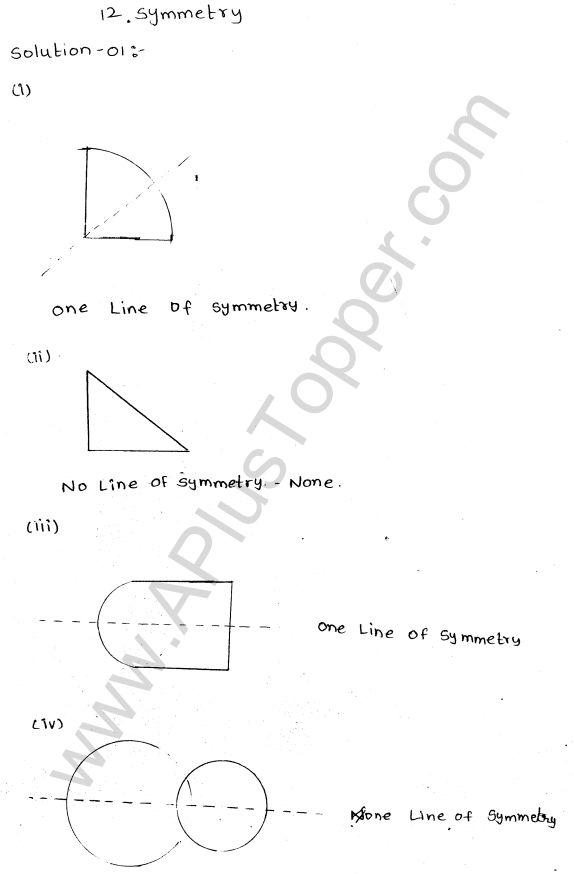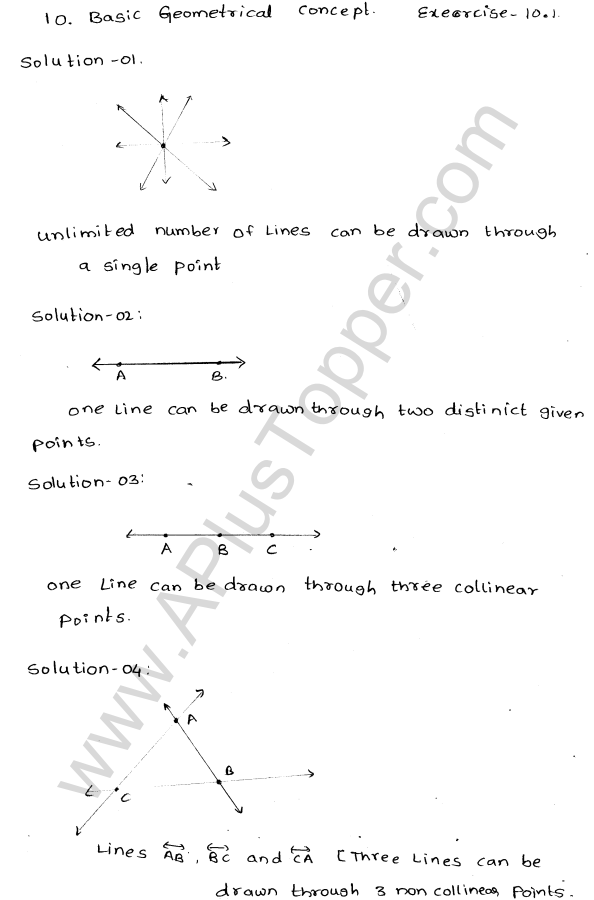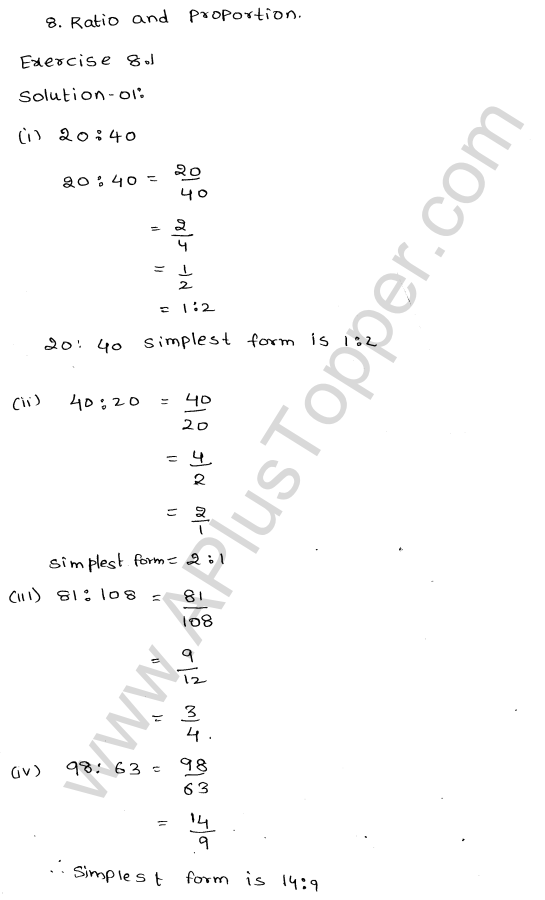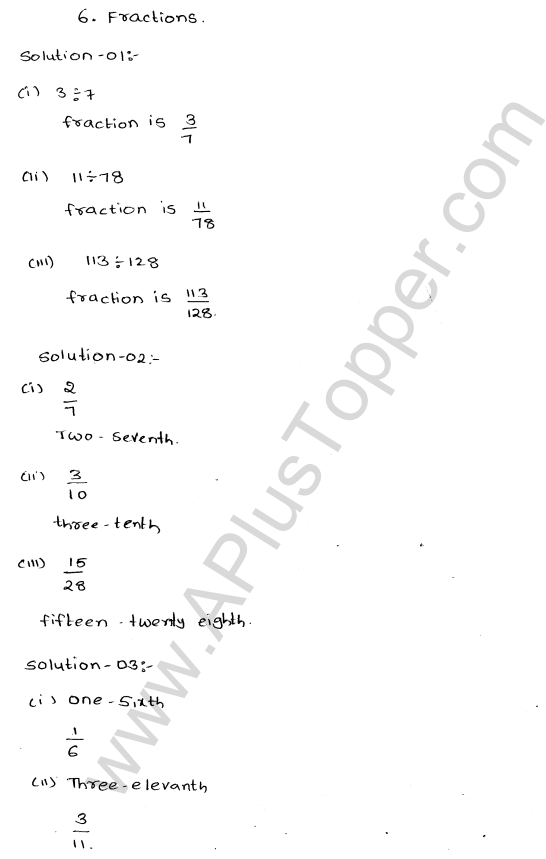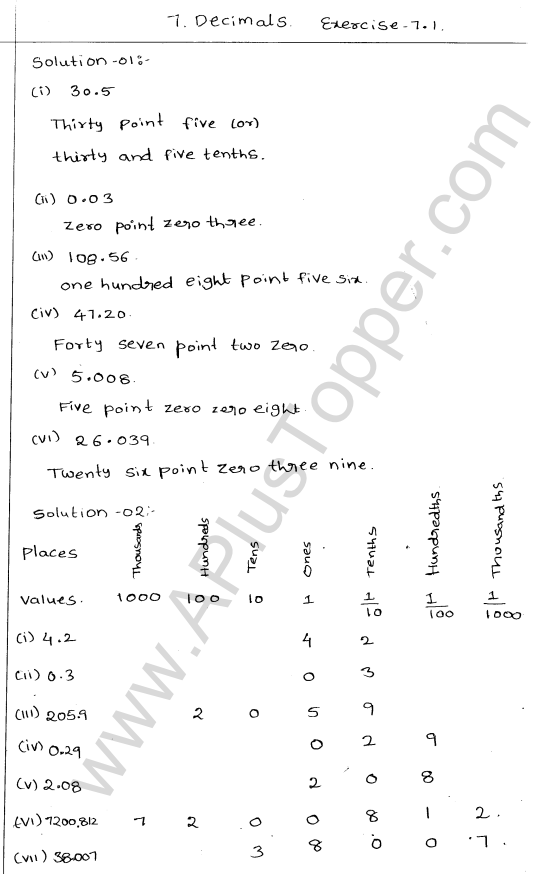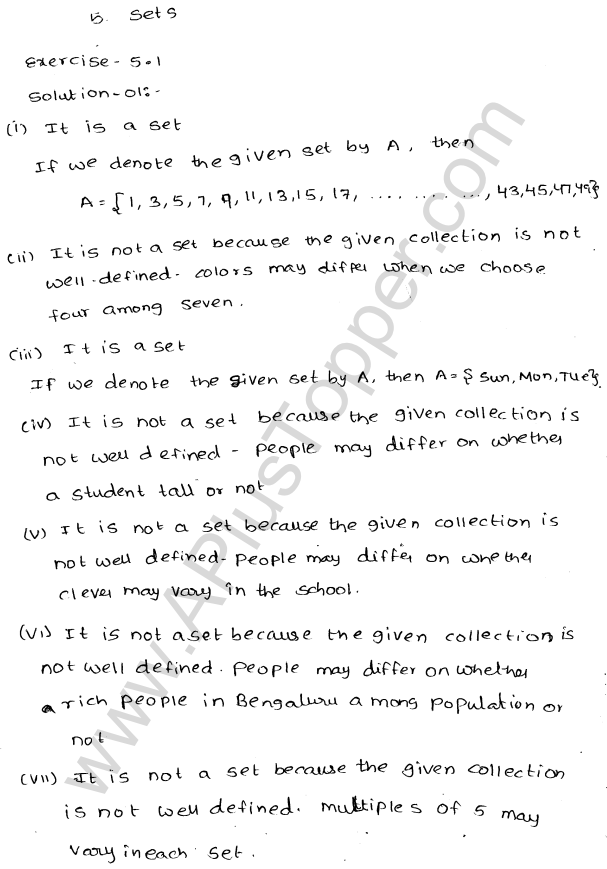Oxidation and Reduction in Electrolytic Cells
Oxidation and Reduction in Electrolytic Cells In an electrolytic cell, an electric current is passed through an electrolyte using electrodes.The electrolyte may be a molten ionic compound or an aqueous solution containing ions.The electrodes are usually …
What is enthalpy of reaction?
What is enthalpy of reaction (heat of reaction) ? The amount of heat given out or absorbed in a chemical reaction depends on the amount of reactants used.Enthalpy of reaction or Heat of reaction is the heat change when the number of moles of reactants as…
Chemical Properties of Carbon Compounds
Chemical Properties of Carbon CompoundsThough we have millions of organic compounds, the reactions they undergo are limited. Some important reactions among them are discussed here. They are: 1) Combustion reactions 2) Oxidation reactions 3) Addition reac…
How are the Anode and Cathode rays Produced?
How are the Anode and Cathode rays Produced?Atoms are made up of three subatomic particles electrons, Protons and neutrons. Electron has negative charge, proton has positive charge, whereas neutron has no charge, it is neutral. Protons and neutrons are …
What is Matter and what are the Properties of a Solid, Liquid and Gas
What is Matter and what are the Properties of a Solid, Liquid and GasMatter: Anything which occupies space and has mass is called matter. Food, water, air, clothes, table, chair, plants and trees. Indian philosophers said that all the matter living or n…
Chemistry - Introduction, Branches, Concepts, Free Resources
What is Chemistry?Chemistry is the study of matter and its properties. It is how and why substances combine or separate to form other substances and how the substances interact with energy. Chemistry is a subdiscipline of science that deals with the stud…
What is the definition of Indicator in chemistry
What is the definition of Indicator in chemistryIndicator Indicators are substances which show a change in colour when brought in contact with acids and bases. The most common indicator used in the laboratory is the litmus. It is extracted from lichens …
Explain The Life Cycle Of Silk Moth
Life Cycle of Silk MothThe female silk moth lays about 300 to 400 eggs at a time. The eggs hatch and the caterpillars or silkworms emerge. This is called the larval stage. The silkworm feeds on mulberry leaves. The silkworm secretes fine filaments from…
How ceramics are made?
How ceramics are made?Ceramics:Ceramics are made from clay and composed of aluminium silicate mixed with sand.The white clay used to make ceramics is kaolin which is rich in kaolinite or hydrated aluminosilicate, Al2.O32SiO2.2H20.Red clay consists of iro…
Heat Transfer by Radiation
Heat Transfer by RadiationHeat energy can travel in the form of waves, just like light. These waves (both heat and light, and many other types of waves) are called electromagnetic waves. Energy travelling in this form is called radiation. Just like ligh…




